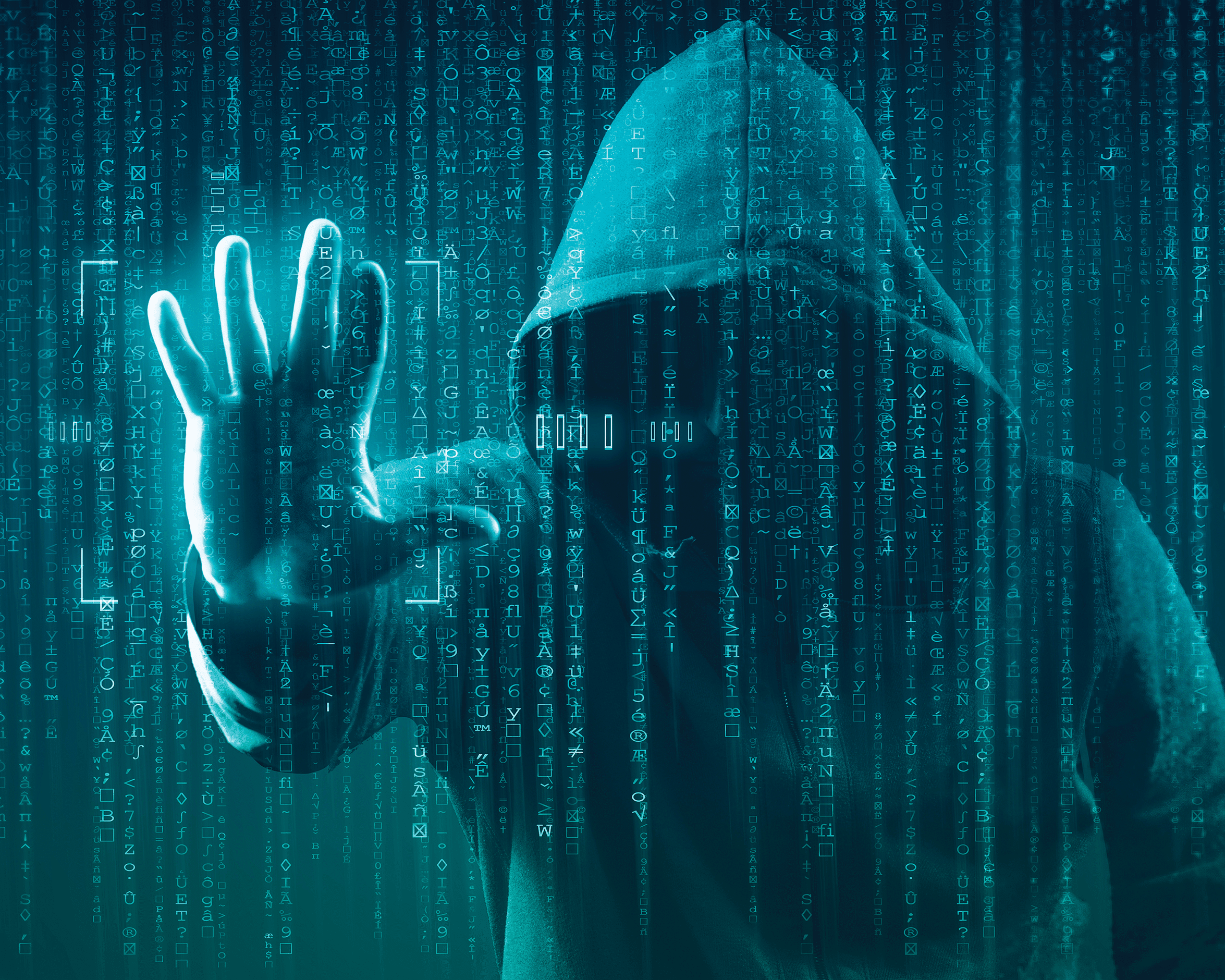From checking out the latest music videos on YouTube to looking up information on Wikipedia, for most of us, using the internet is something we do every day. But underneath the internet we can all see – what we term the surface web – is the one most of us don’t ever see. It’s called the deep web, and it’s huge. Just like the biggest part of an iceberg sits under the waterline, so the deep web lies hulking beneath the surface web.
In fact, it dwarfs the surface web, accounting for 90 per cent of all the information on the internet. But what’s the difference between the two? The biggest difference is how we find the websites. On the surface web, search engines such as Google are designed to find the site we’re looking for when we type a search term into a box.
They do this by indexing websites with computer programs called crawlers, which visit each site and store their locations for future reference. Most websites on the surface web can be accessed using traditional browsers such as Chrome, Firefox and Internet Explorer, and the websites on there usually end in .co.za, .org or .com.
This is because the people who design these websites want us to find them. But the deep web is made up of the parts of the internet that can’t be found by surface-level search engines, and for a variety of reasons. For example, deep-web sites could be concealed behind passwords or security walls, while others lack visible links, so they can’t be found and indexed by crawlers.
Not everything hidden on the deep web is necessarily sinister, and often these sites just contain files such as academic journals, financial reports or legal fi les, as well as things like internal company intranets, chat messages and paywalled news websites that require a subscription to access. But they can be open to some unscrupulous activity, such as software piracy or illegal streaming of sports events.
Part of the deep web can be a much more sinister place, and that’s referred to as the darknet, or dark web. The terms deep web and dark web are often mixed up, and they’re not the same thing. The darknet is a part of the hidden deep web that is used by criminals, hackers and terrorists, among others, to conduct secret communications away from prying eyes as well as trade illegal goods.
It’s only accessible using specialist software, and makes up a much smaller part of the deep web – just 0.01%. A big danger of the dark web to those who venture there is that it hides many more – and more serious – cyberthreats, with ransomware and botnet malware among other viruses that pose a risk to unwary visitors.
Cybercrime
What makes the dark web a big draw for crooks is anonymity. It’s a digital space the police and big internet providers have no control over. For this reason, it’s a place where criminals can trade illegal goods and services, such as hackers for hire.
One example of illegal activity was the Silk Road, a digital black market named for the historic Silk Road that connected Asia to Europe. This allowed people to sell drugs, engage in money-laundering activities and more. Launched in 2011, it was shut down by the FBI two years later, and its founder is now serving a double life sentence.
In 2019, the Wall Street Market was shut down by German police. It had been a place to trade illicit services – ranging from fake documents and stolen credit-card details to malicious software. Last year, American officials reported that 179 people were arrested and more than $6.5 million (R115 million) was seized in a worldwide crackdown on illegal activities on the darknet as part of an operation called DisrupTor.
Getting access
Because it’s not designed to be found, getting access to the darknet is done using specialist software. Instead of using regular browsers, anyone heading to the darknet uses something called The Onion Router (Tor) hidden service protocol.
Tor has multiple layers of connectivity, enabling users to stay anonymous. Once they access the server, someone using the darknet isn’t looking at websites on interconnected servers, but sites that are all self-contained on the network. While ordinary sites have addresses ending in terms like .com, these dark web sites end with .onion.
Images: Shutterstock/Courtesy Images







